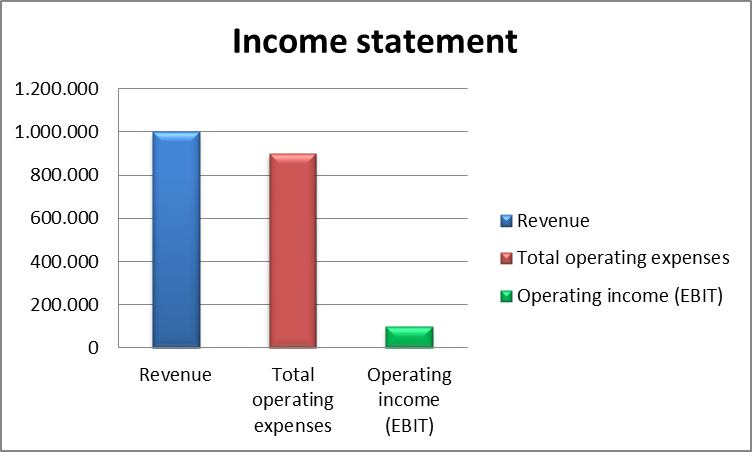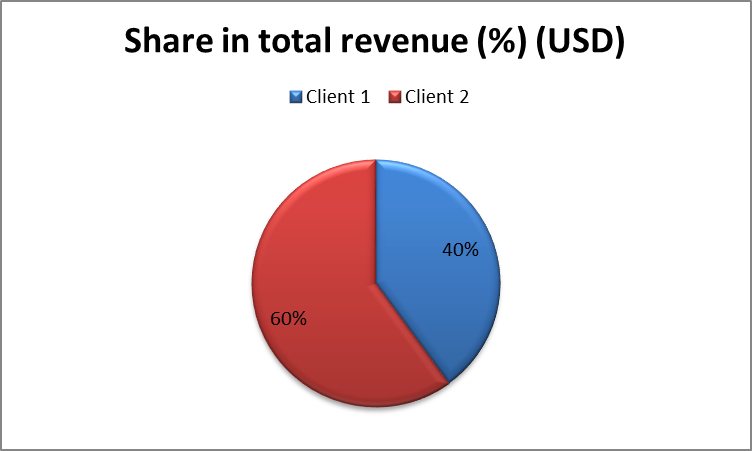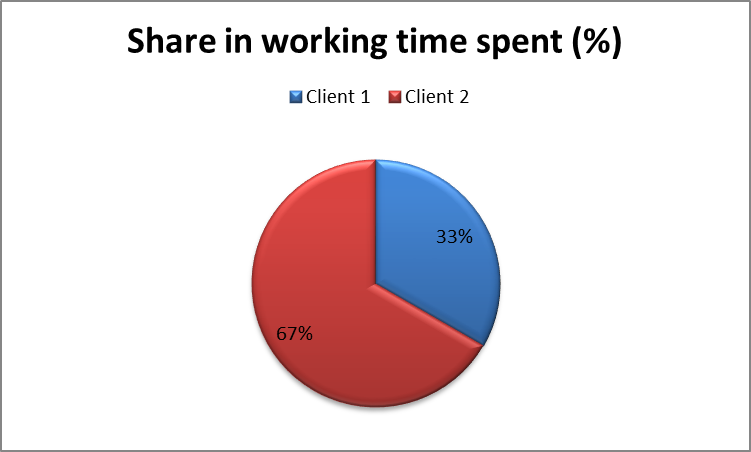You have probably asked yourself what are your main qualities and strengths as an accountant. You can probably say why your clients choose to work with you and not with someone other. However, have you ever asked yourself this question?
‘’If your accounting agency is owned by someone else, would he/she employ you as a manager?’’
This text is about managing your accounting agency and how to improve your management skills.
You are probably reliable, hard – working, well organized. Also, you are probably good with numbers. During your work life, while learning the craft you have also learned to organize members of your team to deliver services to clients.
Therefore, this text will not cover soft skills you have already acquired.
This text is about gaining technical expertise, gaining practical finance knowledge of managing your accounting agency.
Text is created for gaining skills in providing services to your very important client: yourself, i.e. owner of the accounting agency. Additionally, you will acquire knowledge on profit analysis of service companies. You may offer this knowledge to your current clients, to become their true business partner, not just their accountant.
Profitability of accounting agency – the basics
You are familiar with your income statement that you file each year for regulatory purposes:
| ||||||||||||||||||||

But, do you know the structure of your operating income? Are you aware of contribution of your each client to operating income?
The majority of managers think linearly. If the EBIT margin on the level of income statement is 10%, than roughly, EBIT margin for each client is close to 10%. But that is not necessarily true. In fact, in most cases it is not.
Have you ever heard of 80 – 20 Rule, i.e. Pareto Principle? It is an aphorism that 80% of results (outputs) result from 20% of causes (inputs). According to the same rule, 20% of the largest clients contribute to 80% of revenue. Additionally, 20% of the most profitable clients contribute to 80% of profit.
Please have in mind that this is not a strong theoretically proven rule, but rather one that came from experience. You need to understand this rule in a way that there is a tendency for concentration. Small portion of your clients will give you the large part of revenue. Likewise, a rather small portion of your clients will give you the large part of revenue.
Additionally, please consider that your largest clients are not necessarily the most profitable ones.
Profitability of accounting agency – profit per client
Let’s divide income statement of accounting agency, provided above, on clients, i.e. let’s calculate operating profit (EBIT) for each client.
Our assumption is that accounting agency has two clients:
|

We have divided operating expenses into two categories:
- Direct costs of providing services (costs of salaries)
- Indirect costs of providing services (other operating expenses), such as rental costs, depreciation of office equipment, cost of office maintenance, marketing expenses etc.
Let’s assume that one third of working hours employees of accounting agency spend on Client 1 and two third are spent on Client 2. In that way, we will divide costs of salaries on clients:
|

Indirect costs will be allocated on the basis of proportion of costs of salaries for each client:
No | Category | Allocation key (%) | Amount (USD) |
1 | Client 1 | 33,33% | 200.000 |
2 | Client 2 | 66,67% | 400.000 |
3 = 1 + 2 | Total | 100,00% | 600.000 |
Now we have all data for calculating operating profit per each client:
No | Category | Client 1 (USD) | Client 2 (USD) | Total (USD) |
1 | Revenue | 400.000 | 600.000 | 1.000.000 |
2 | Costs of salaries | 100.000 | 200.000 | 300.000 |
3 | Other operating expenses | 200.000 | 400.000 | 600.000 |
4 = 2 + 3 | Total operating expenses | 300.000 | 600.000 | 900.000 |
5 = 1 – 4 | Operating income (EBIT) | 100.000 | 0 | 100.000 |
Few takeaways from our calculation:
- EBIT margin per client is usually not proportional: in our example, total profit comes from only one client
- The largest clients are usually not the most profitable: in our example, larger client leads to zero profit
Why time management is crucial for an accounting agency?
You may ask now: Ok, but what all of this has to do with timesheet solution?
What was the main variable, on the basis of which we calculated profit per client? It was time spent per client.
When you have smaller number of clients, you can track more easily time spent for client. However, as number of clients starts increasing, you will lose control. According to the CAS Benchmark survey, median of number of clients of an accounting agency is 75. If you have 75 clients it is pretty hard to assess the percentage in total working time for each client.
Therefore, you need an automated solution which will help you track hours spent per each client.
How to set up KPIs for proper time tracking?
Not only you can calculate profit per client – in the same manner, you can calculate profit per project or service line.
However, calculating profit per client/project/service line is not the only thing you need to do to efficiently control operations of your accounting agency.
You need to set up a list of KPIs (Key Performance Indicators), on the basis of which you will know where your accounting business is now and in which direction it is going.
KPIs should be tracked and compared period to period (month to month, year to year etc.). They can be tracked on the level of accounting agency or per client/project/service line.
Some of KPIs you may use are:
- Total number of hours per client/project/service line
- Percentage of billable hours (hours spent on projects for clients) in total working hours
- Revenue per hour
- Total number of clients
- Number of service lines per clients
- Total number of hours per employee
- Number of employees engaged on a client/project/service line
Which tools accounting agency could use for time tracking?
Time Analytics software is a specialized time tracking app for small and middle sized accounting agencies, that tracks accounting agency’s profit and KPIs of accounting firms.
Using Time Analytics you will be able to:
- Track hours spent by each employee on each client/project/service line
- Calculate costs for each client/project/service line: when you set up data for Time Analytics, you will need to calculate costs of each employee (salary expenses per hour or you may add some overhead expenses). Using this data, Time Analytics will be able to calculate costs for each client/project/service line. For example, if costs of Employee A is 100$ per hour and he/she spends 2 hours on Client B, total costs attributed for Client B is 200$